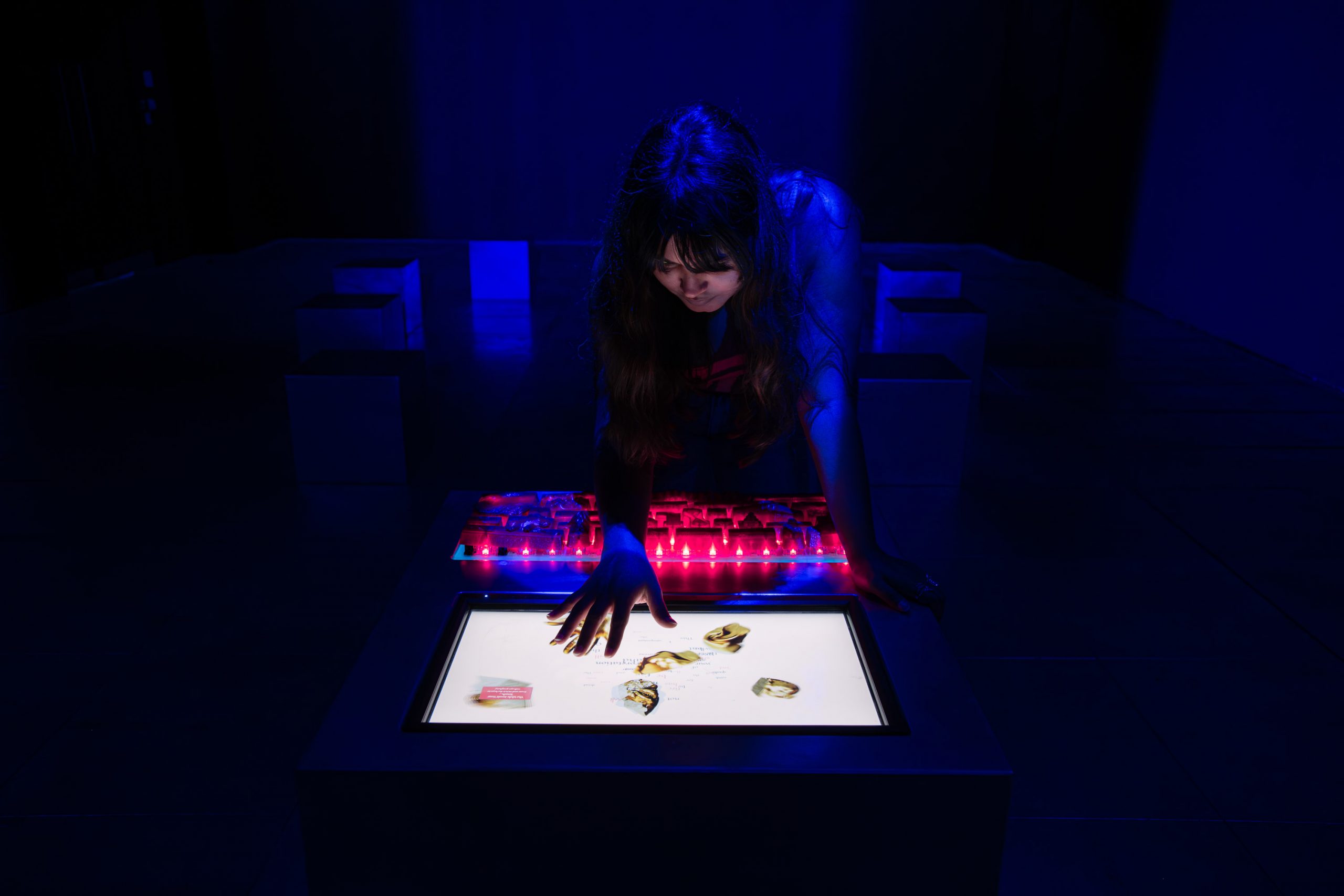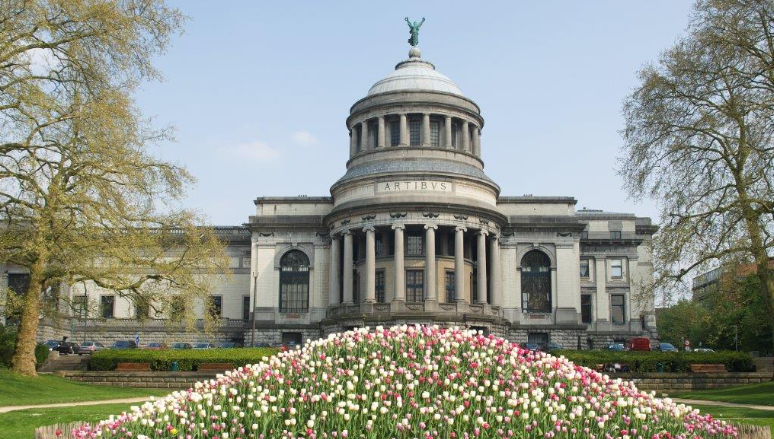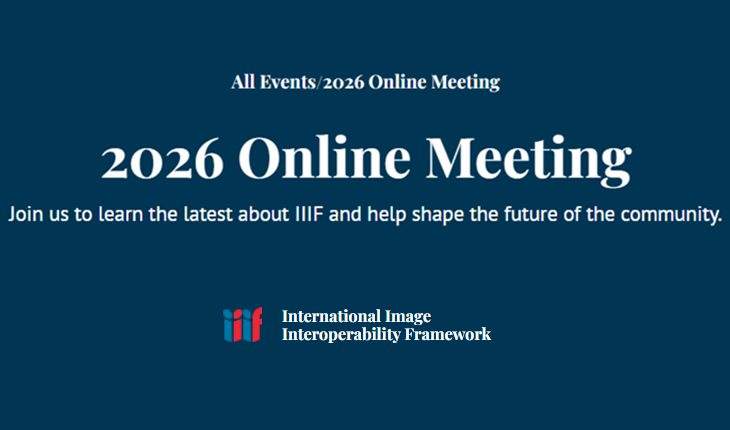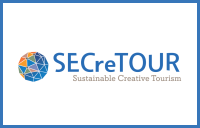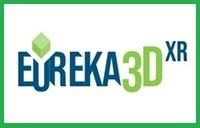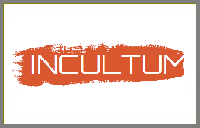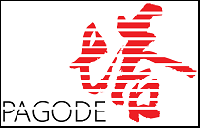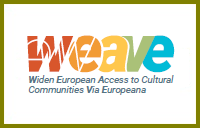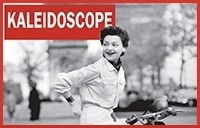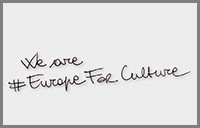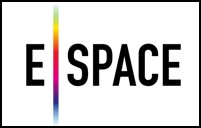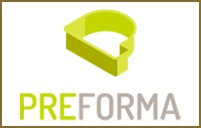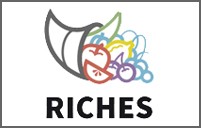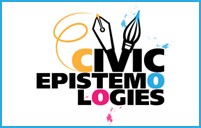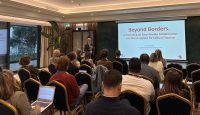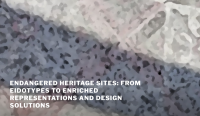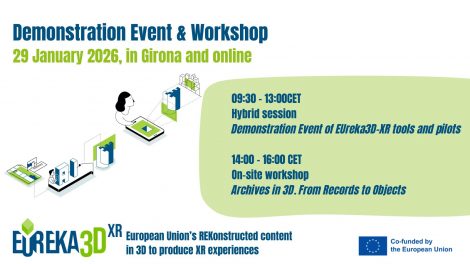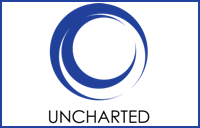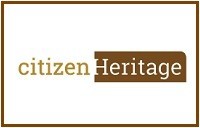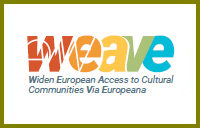The 16th Athens Digital Arts Festival exploring the endless possibilities of the future, through art, science, and technology, invites you to submit your proposals for its next edition, under the theme “TECHNOTRIBALISM”.
Due to the recent crisis, at the international public health sector, and trying to act accordingly, the ADAF team decided that our festival will not take place until our artists and visitors can be and feel safe from the coronavirus pandemic. Under these unique circumstances, we assess that our 16th edition will not be able to take place this May as it traditionally does, and is postponed for a later date. Believing that in time of crisis the best one can do is stay creative, we decided to extend our open call once more till the 20/4/2020, giving you the opportunity to suggest more creative projects. We hope that this initiative will make your “stay at home” a bit more pleasant and worthwhile also on a creative level. We wish courage, strength and health to each and everyone of you, stay safe, stay home and be creative.

CALL FOR ENTRIES
Installations| Performances| Digital Image| Web Art| Video Art| Animation| Kids | Virtual Reality| Games| Talks | Workshops
EXTENDED DEADLINE 20/4/2020
Submit your pieces at http://2020.adaf.gr
In this galaxy, not far away there is a “generation”, a tribe of people that are nurtured by technology. This generation has evolved its tech medium to a point where it has started to morph into its own entity, a new resource of power, a new regime, bringing humanity in the state we characterise techno-tribalism.
To enframe this world in serving us we created technology, while technology gradually enframed us in serving the data- flux. In this early hyper historic era what became the utmost necessity, is the continuous flow of information. In a causal relationship, our need to access it grows perpetually.
We, being the primitives of this era, appear pure and naive yet shaping the very foundations of this new world, where information is recognized as the super- power and data is moving towards becoming an equivalent to god – maker and regnant of everything.
Privacy and property are more and more giving into the preciousness of free access to data, shifting human heritage of all shorts in intangible flows of information, organised in massive virtual libraries. Our homo sapiens collecting fetishes are turning pale in front of the immenseness of options we can get in the collectively build digital world, shifting in relation our perception on ownership, assets, wealth and equity.
In this new period of collective production of information, our value translates in our contribution in the data flux and our access to it poses, not only as entertainment, but also as a possible key in eradicating our human sufferings. All of us, workers of this regime, dazed by the vastness of information, its potential power, we mirror ourselves in the digital world.
Algorithms, already present everywhere in the digital realm, are reading us better than ourselves, better than our friends and siblings and in the name of optimization of our virtual experience, we are gradually letting them make decisions for us, filter our perceptions predict our behavior, our bio metrics, our emotions. All manifestations of culture can now be experienced on a digitized basis, translated to a language (code, DNA) and stored for everyone who possess it to experience regardless the circumstances. Markets and Money are transfiguring into intangible algorithmic byproducts. Everything to serve the information flow.
The International festival for Digital Arts in Greece, Athens Digital Arts Festival, is calling the art world and the world of science and technology, to submit works and achievements which outline, comment, foresee, or determine this contemporary epoch in order to compose the content for the upcoming 16th edition of the festival which will take place in spring 2020.
Close your eyes and connect to your data-doppelganger your mirrored algorithmic self to your digital footprint. You are part of techno-tribalism, you are part of ADAF 2020.
#TechnoTribalism #ADAFgreece #ADAF2020
READ MORE
Detailed information about the submission process and the call for entries is available at the following link: www.adaf.gr
 Last 19 February, Dr György Eszter, interviewed by the “HALLGATOI MAGAZINE” reported her direct experience in carrying on the case study of the minority heritage pilot within the REACH project.
Last 19 February, Dr György Eszter, interviewed by the “HALLGATOI MAGAZINE” reported her direct experience in carrying on the case study of the minority heritage pilot within the REACH project.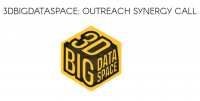 Open call to museums, research insitutions, GLAMs and more to make use of 3D cultural heritage assets and promote digital innovation.
Open call to museums, research insitutions, GLAMs and more to make use of 3D cultural heritage assets and promote digital innovation. Design innovative, immersive environments that inspire change.
Design innovative, immersive environments that inspire change.

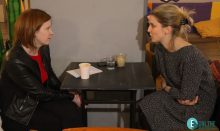
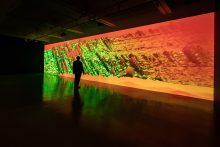






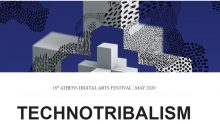





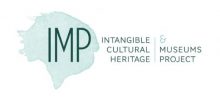
 – How can museums avoid the trap of “freezing” intangible cultural heritage in time by integrating it into more static collections?
– How can museums avoid the trap of “freezing” intangible cultural heritage in time by integrating it into more static collections?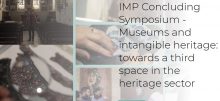
 On February 26, the Intangible Cultural Heritage Project will hold its final symposium in Brussels.
On February 26, the Intangible Cultural Heritage Project will hold its final symposium in Brussels. The MOOC “Creating a Digital Cultural Heritage Community” is now open for registrations. Here students can learn more about how to create a community for digital cultural heritage through innovative practices for user engagement:
The MOOC “Creating a Digital Cultural Heritage Community” is now open for registrations. Here students can learn more about how to create a community for digital cultural heritage through innovative practices for user engagement:  Developed in collaboration with the Kaleidoscope project, the MOOC will last for 8 weeks, with learners being able to join at any point and go through the coursework at their own pace, choosing and picking the modules they are most interested in, choosing either a dance or photography-focussed pathway, to explore digital curation and annotation.
Developed in collaboration with the Kaleidoscope project, the MOOC will last for 8 weeks, with learners being able to join at any point and go through the coursework at their own pace, choosing and picking the modules they are most interested in, choosing either a dance or photography-focussed pathway, to explore digital curation and annotation. In December 2019 and January 2020, the
In December 2019 and January 2020, the  On 2nd December 2019, a CultureMoves LabDay co-ordinated in conjunction with Birmingham Dance Network and took place at
On 2nd December 2019, a CultureMoves LabDay co-ordinated in conjunction with Birmingham Dance Network and took place at 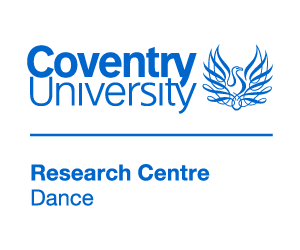




 The Idrija 2020 Association organized, from the 13th to the 15th March, a 3-day hackathon for cultural Heritage called HeritageHack.
The Idrija 2020 Association organized, from the 13th to the 15th March, a 3-day hackathon for cultural Heritage called HeritageHack.